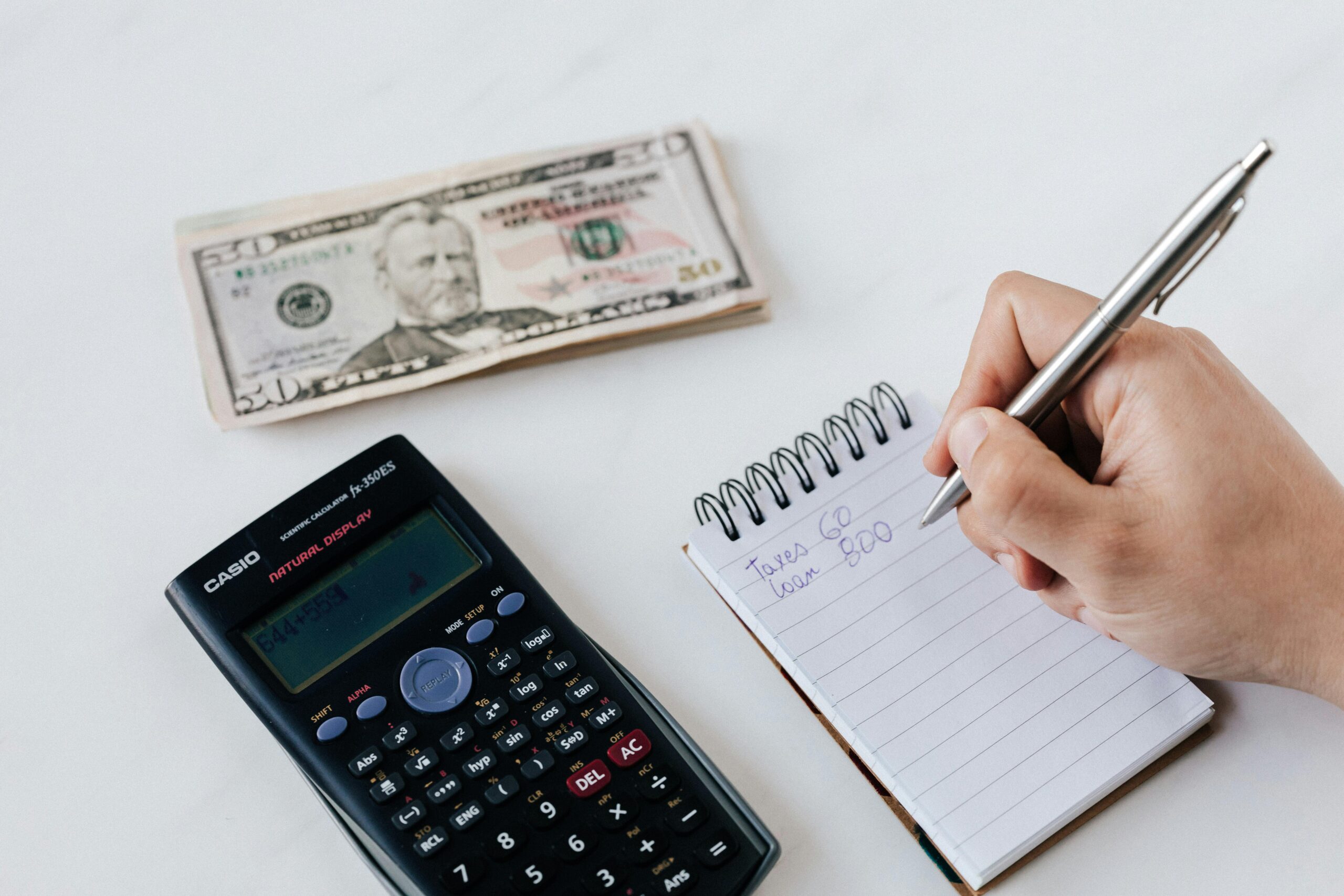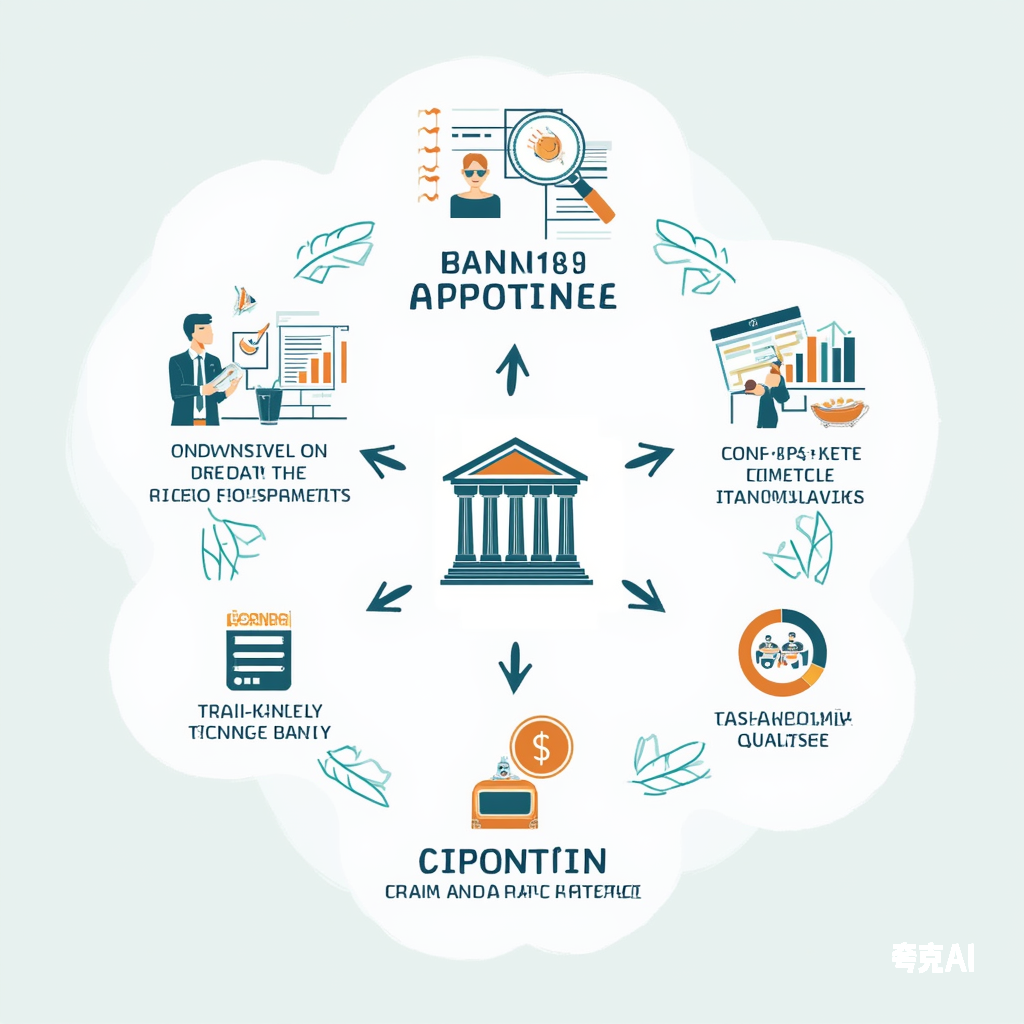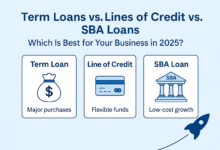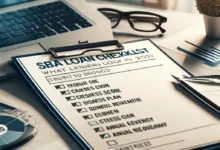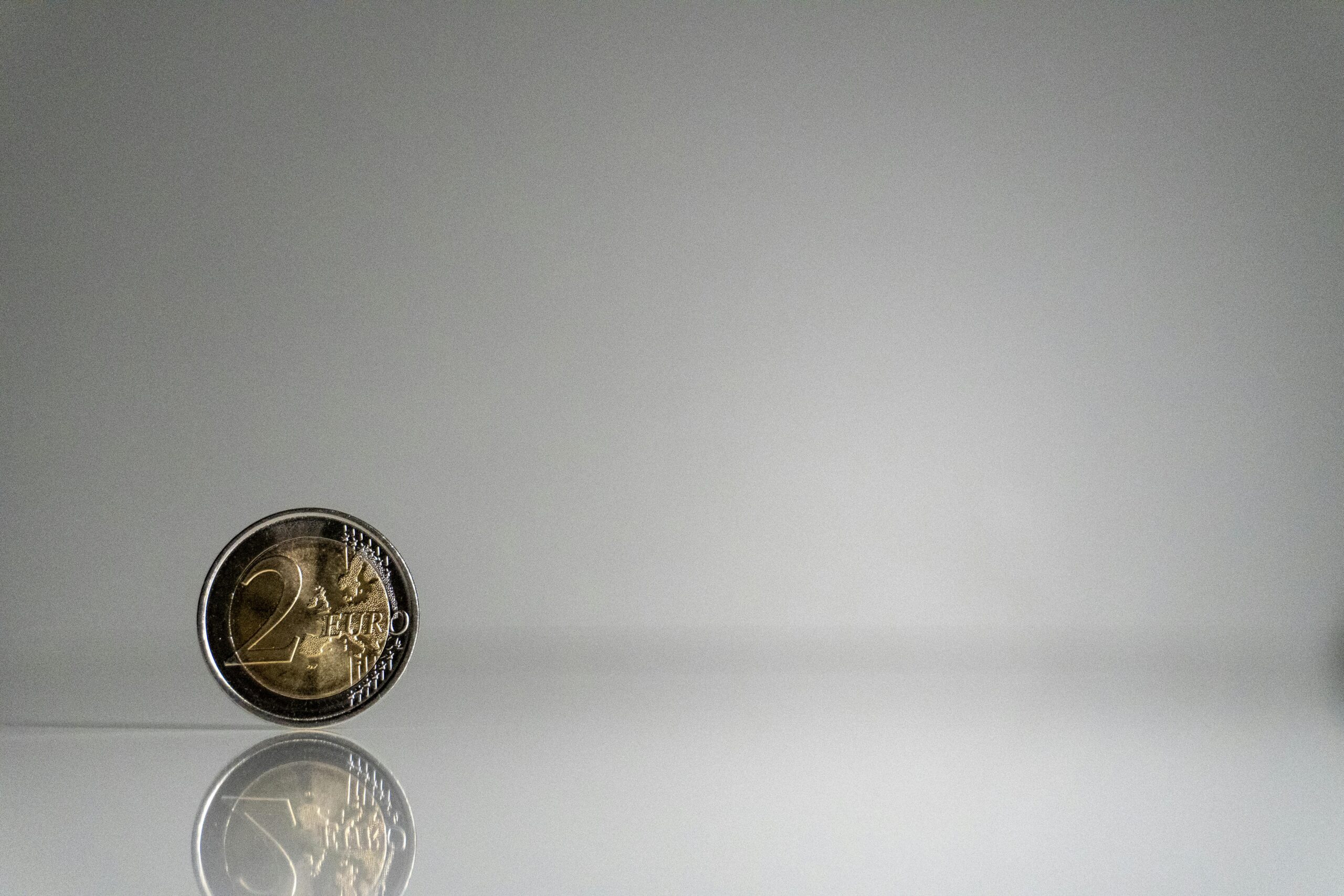Dear friends, today we’re delving into a crucial metric that can give business owners peace of mind—the Debt Repayment Ratio. This ratio serves as a “financial health check-up” for companies, revealing whether they’re thriving or on the verge of collapse. Let’s uncover the secrets behind this formula.
The Core Formula
The Debt Repayment Ratio is calculated as follows: Debt Repayment Ratio = Net Cash Flow from Operating Activities / (Current Maturities of Debt + Cash Interest Expenses).
The numerator, net cash flow from operating activities, represents the actual cash a business earns from its day – to – day operations. The denominator, the sum of current maturities of debt and cash interest expenses, represents the total debt principal and interest that the company needs to repay. This ratio helps us determine whether the cash flow generated by a company’s operating activities is sufficient to cover its maturing debt and interest payments.
When the Ratio > 1
1 – 1.5: A Comfortable Financial Situation
When the Debt Repayment Ratio falls between 1 and 1.5, the cash flow from operating activities can comfortably cover the maturing debt and interest, with a small surplus. In this scenario, the company can not only meet its debt obligations on time but also maintain a certain level of cash reserves for unexpected events or strategic investments.
Case Study: Gemdale Group
In 2024, Gemdale Group was a prime example. Through diversified business operations and proactive debt repayment strategies, it fully repaid all its maturing debt and interest throughout the year. The company’s success lay in its “cash is king + debt reduction” approach: it shortened the accounts receivable collection period to 45 days and reduced the proportion of short – term high – interest debt to below 30%.
> 1.5: A Cash – Rich Enterprise
When the ratio exceeds 1.5, the cash flow from operating activities far exceeds the maturing debt and interest, indicating strong solvency. The company has no pressure in repaying debts and can use the surplus funds for business expansion or asset structure optimization. However, an excessively high ratio may also mean that the company is holding too much cash and not effectively investing or expanding production, which could reduce the return on assets.
Case Study: Kweichow Moutai
In 2023, Kweichow Moutai’s ratio soared to 2.8, with a cash reserve of 180 billion yuan on its books. But there’s a catch! Excessive cash, like coins in a piggy bank, doesn’t generate much return. The return on assets might be dragged down to below 3%, far lower than the industry average. The company’s success strategies include optimizing inventory turnover, accelerating accounts receivable collection, and shortening the cash – conversion cycle. It also optimizes its debt structure by reducing short – term high – interest debt and using more long – term low – cost financing. For example, Hubei Cultural Tourism Group has achieved a 100% debt repayment ratio in the past three years, thanks to its diversified financing channels and high – quality assets. However, it’s also important to maintain a reasonable level of cash to avoid sacrificing asset returns.
When 0 < Ratio < 1
0 – 0.5: High – Risk Zone
When the ratio is between 0 and 0.5, the cash flow from operating activities can only cover about half of the maturing debt and interest. This indicates high debt – repayment pressure and significant financial risks. In such a situation, the company may need to take radical measures, such as selling non – core assets on a large scale or seeking emergency financing, to avoid default.
Case Study: HNA Group
HNA Group is a textbook example of a company that went wrong. In 2018, its ratio dropped below 0.3, ultimately triggering a debt crisis of 1.7 trillion yuan. The company went from “buying the world” to “selling assets to pay off debts,” even selling its Boeing 787 Dreamliners at a 30% discount.
0.5 – 1: Temporary Relief
When the ratio is between 0.5 and 1, the company’s solvency has improved, but there is still a funding gap. The cash flow from operating activities can cover most of the maturing debt and interest, but external financing or asset disposal is still needed to make up the difference. Although the company is unlikely to face bankruptcy in the short term, it needs to optimize its operating cash flow in the long run to enhance solvency.
When Ratio ≤ 0: Critical Condition
When the ratio is less than 0, it means that the company’s operating activities are not only failing to generate enough cash to repay debts but are also burning through cash. A negative net cash flow from operating activities is like losing money every month. This is a “red flag” for a company’s financial crisis. The company may not be able to repay its debts on time and could face a broken capital chain.
Case Study: Sino – French Life Insurance
Sino – French Life Insurance depleted its cash reserves and had to rely on its shareholders for funding. In 2017, its cash flow was negative, and it relied on 290 million yuan in shareholder contributions over 48 consecutive months. The company even had to ration printing paper. In such a situation, the company must take urgent measures, such as significantly cutting costs, selling core assets, or seeking external assistance.
The Debt Repayment Ratio, simple as it may seem, holds the key to understanding a company’s solvency. Remember, accounting is not just about number – crunching; it’s a strategic tool for business survival. By understanding this metric, you can navigate the business world with confidence and avoid the pitfalls of financial distress.
🥳 Love My Content?
Fuel more free guides with a beer! 🍺
(Every sip makes the keyboard dance!)
Secured via PayPal • No account needed

 SinoLoanHub: Expert Business Loan Solutions for North American Companies
SinoLoanHub: Expert Business Loan Solutions for North American Companies